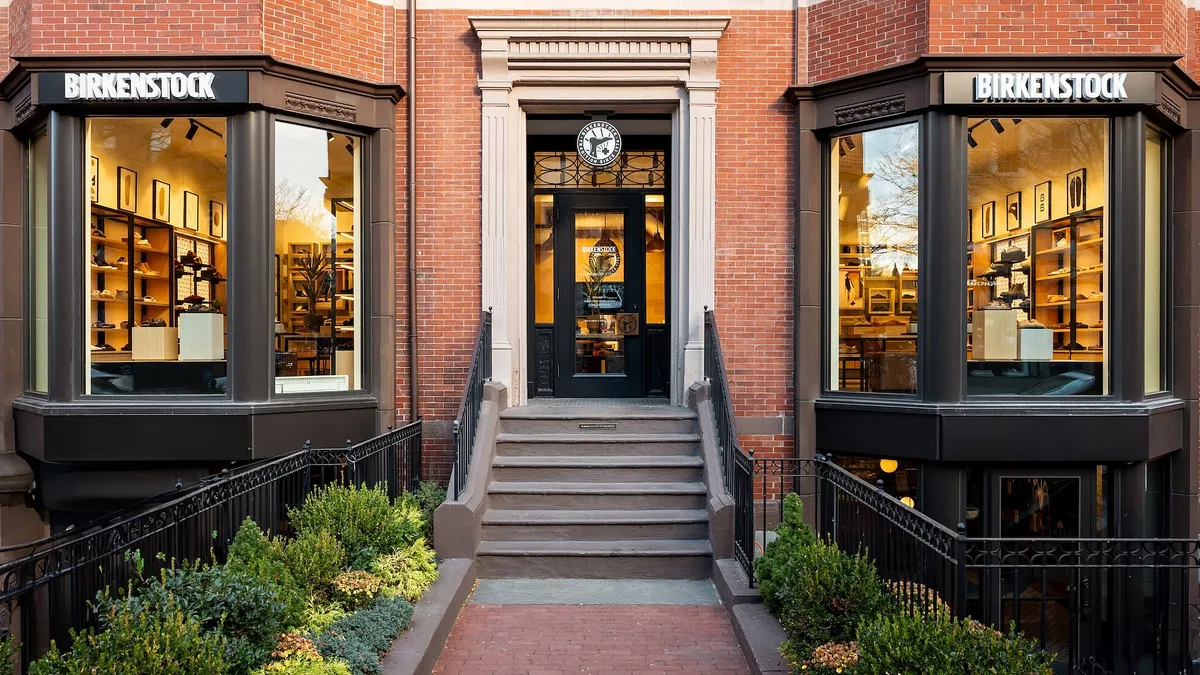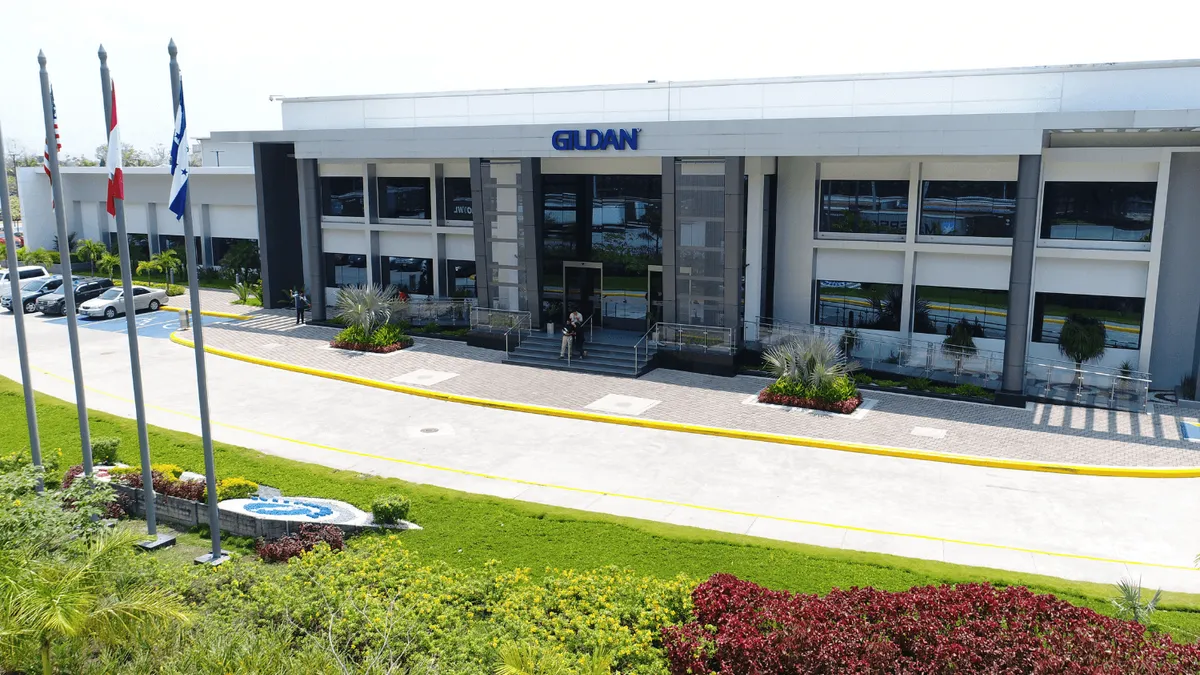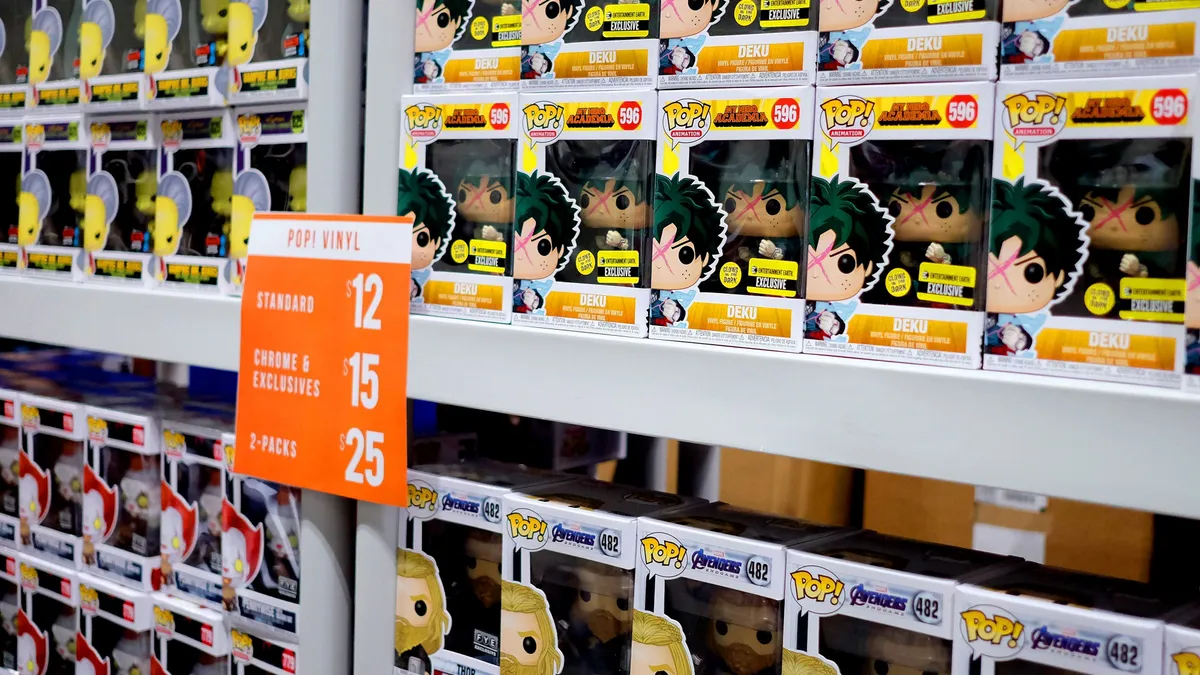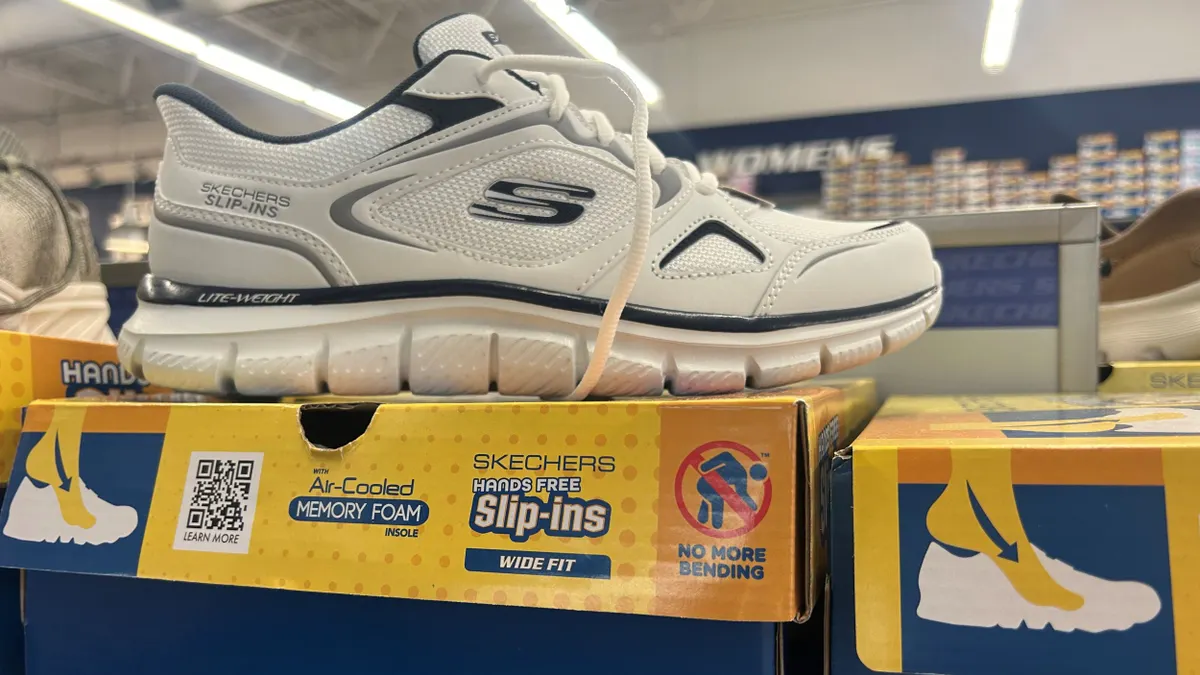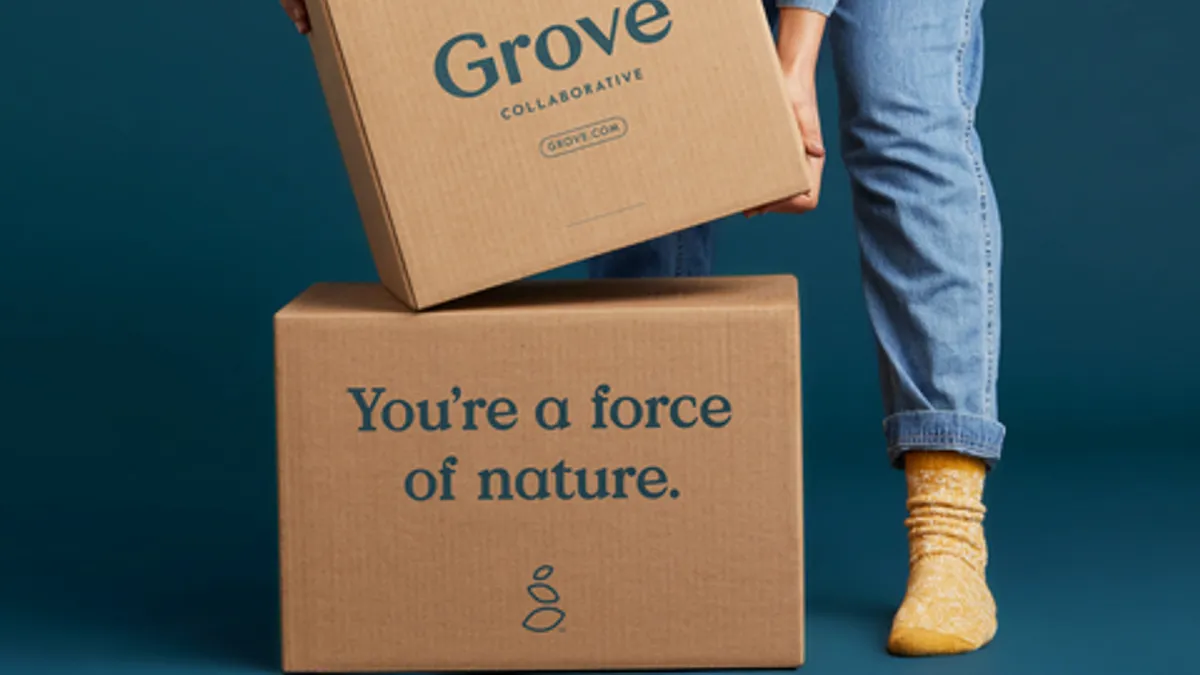It's an awkward reality of the dollar store sector: social misfortune often improves its lot.
The first quarter of this year brought a windfall to the sector's top players. The largest in the sector, Dollar General, outperformed even other retailers that stayed open as essential during harrowing weeks of health and economic calamity in the U.S.
Dollar General posted a massive 27.6% increase to its Q1 top-line sales, which totaled $8.4 billion, driven by comparable sales growth of 21.7%. Its operating profit, meanwhile, increased by nearly 70%.
The growth in sales outpaced even that of Walmart and Target, while its profit growth left Walmart far behind. Target's profits actually decreased as it took on new costs related to the pandemic and the resulting business disruptions.
Like Walmart and Target, Dollar General assumed new costs during the pandemic, including paying $60 million in bonuses to its front-line workers and bringing on an additional 50,000 workers, but its sales growth was so astronomical it more than offset the additional costs.
CEO Todd Vasos told analysts on a conference call that comp growth at the retailer's stores went from 5.5% growth in February to 34.5% growth in March, according to a Seeking Alpha transcript.
Dollar General in Q1
| Metric | Q1 | YoY |
|---|---|---|
| Net sales | $8.4 billion | +27.6% |
| Comparable sales | +21.7% | -- |
| Operating profit | $866.8 million | +69.2% |
| Gross profit rate | 30.7% | +49 BPS |
| Net income | $650 million | +68.8% |
| Bonuses paid to front-line workers | $60 million | N/A |
Source: Dollar General press release
GlobalData Retail Managing Director Neil Saunders called Dollar General "one of the major beneficiaries of the crisis," pointing to a few particular advantages of the retailer. One was consumers stocking up on food and household goods. Another was the locations of its stores, which Saunders noted are typically located in areas underserved by other large chains.
"This localness was a major advantage during the crisis when many households were reluctant to travel too far and some were nervous about visiting big box stores where it is very difficult to reduce dwell time," he said.
Consumers looking for the lowest prices are also driving Dollar General's sales, and Saunders said that "there are two dimensions to this."
"One is the desire by those buying in bulk to save money — especially for items that they wanted to have 'in reserve' rather than immediately consume," he said. "The second is the rising levels of financial difficulty and distress for some households, which has made low-prices an imperative."
On the call, Vasos, after he was asked by an analyst about how unemployment and downturns affect the business, noted that many of the retailer's customers still had jobs, being front-line workers asked to continue on during the pandemic. They also appeared to have stimulus money to spend.
"The sweet spot, I would tell you we do very good in good times and we do fabulous in bad times," Vasos said. "But I would rather see our core consumer to have money in her pocket and be able to spend equally both our consumable and non-consumable businesses."
Vasos also said that the company's data showed "a meaningful increase in new customers," which he attributed to both the company's value and convenience propositions.
Saunders said the retailer's customers are not exclusively made up of lower-income shoppers. His firm's data shows that higher-income shoppers go to Dollar General seeking value and convenience. Moreover, the new shoppers brought to Dollar General during COVID-19 crisis have ranged across the income spectrum, according to GlobalData Retail.
Fellow deep discounter Dollar Tree also posted strong sales growth overall, driven by the 15.5% increase in comp sales at its Family Dollar banner. The namesake Dollar Tree banner declined by 0.9%.
As Saunders points out, Dollar Tree's assortment contains less food and consumables than Dollar General's, and skews more general merchandise with "seasonal assortments of gifts, décor and other fripperies." The consequence, he noted, is that consumers stocking up on essentials were less likely to visit Dollar Tree stores when trying to limit their retail visits at the same time that they were pulling back on discretionary spending in Q1.
The better-performing Family Dollar stores still under-performed Dollar General in Q1. Saunders said his firm's data showed the banner also attracted fewer new customers than Dollar General. "Moreover, some of the new shoppers who used Family Dollar out of necessity have already drifted back to their usual supermarkets or food stores now stock levels and shopping patterns are normalizing," Saunders said. "In our view, this underlines the issue that the Family Dollar shopping experience is still not up to par."
Dollar Tree in Q1
| Metric | Q1 | YoY |
|---|---|---|
| Total net sales | $6.3 billion | +8.2% |
| Total comparable sales | +7% | -- |
| Family Dollar segment comp sales | +15.5 | -- |
| Dollar Tree segment comp sales | -0.9% | -- |
| Operating income | $365.9 million | -5.1% |
| Operating margin | 5.8% | -80 BPS |
| Net income | $247.6 million | -7.6% |
| COVID-19-related costs | $73.2 million | N/A |
Source: Dollar Tree press release
Foot traffic analytics firm Placer.ai found Dollar General's customer loyalty, measured in visits per visitor, was 34.2% higher than Dollar Tree's and also did better among less affluent shoppers, "a significant advantage in this sector, especially with the expectations of an economic downturn," Placer.ai Vice President of Marketing Ethan Chernofsky said in a blog post.
Dollar Tree CEO Gary Philbin, in a statement, called the sales environment of Q1 "volatile," a word used by Target executives recently as well. At Dollar Tree, the discretionary business started to rebound after Easter, "especially in crafts, graduation, stationery, Mother's Day seasonal and balloons," Philbin said, noting also that discretionary categories are improving at Family Dollar as well.
With the pandemic disrupting travel and capital planning, Dollar Tree scaled back its store investments for the year. The company said it would remodel 500 fewer Family Dollar stores than originally planned for 2020, for a total of 750. It also plans to open about 50 fewer new stores this year than it expected to, with the projected figure now at 500.
The expansion of the company's competitor, however, isn't slowing down. Dollar General said it still expects to add 1,000 new stores this year, remodel another 1,500 and relocate 80.
After a quarter of blazing sales, Dollar General CFO John Garratt said that sales had started to moderate in recent days, and management expects sales to return to more normal levels beginning in late Q2, as shelter-in-place restrictions lift, other retailers open, stimulus benefits run out and the country enters a difficult economic period.
That said, Vasos expressed confidence that Dollar General is "well-positioned to drive continued growth even [in] what's expected to be a challenging economic environment."
Many outsiders think so, too. J.P. Morgan analysts led by Matthew Boss raised their target price for Dollar General shares after Q1. The analysts think that can grow its comp sales over the coming years as it expands its food coolers and resets its discretionary product assortment.
"It is easy to view the winds of crisis as simply blowing Dollar General along," Saunders said. "However, that is not the case. One of the reasons Dollar General did so well is because its logistics and operations are extremely efficient and effective. In our view, it coped admirably with the massive rise in volumes and did so while maintaining the relative simplicity of its business."









